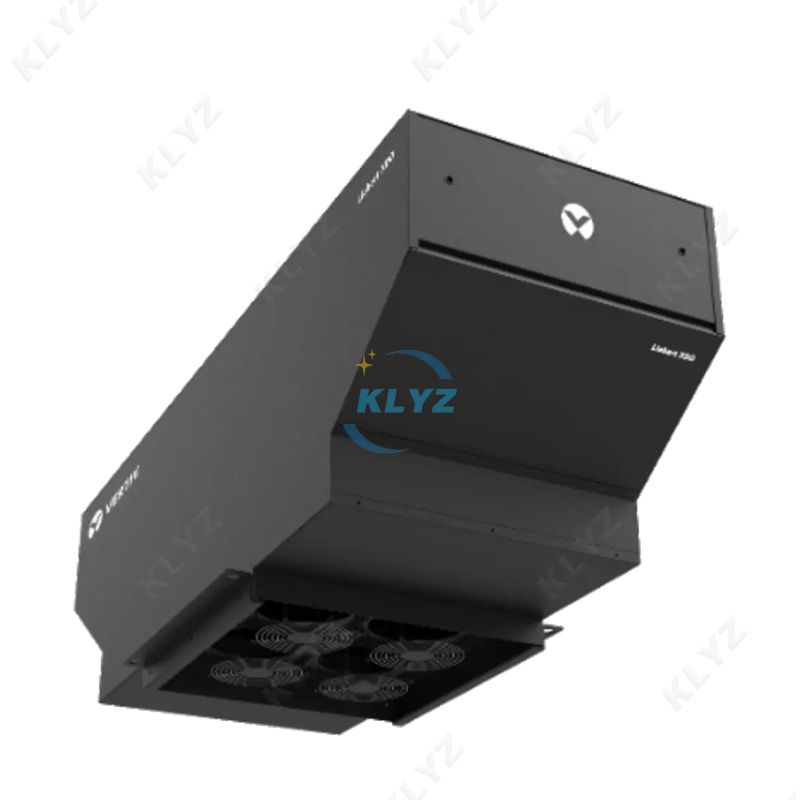A liquid crystal light valve is a device that exploits the optical properties of liquid crystals to control the transmission of light passing through it. It consists of a liquid crystal layer sandwiched between two transparent electrodes and polarizers, allowing precise control over the orientation of liquid crystal molecules.

How Does It Work?
The operation of a liquid crystal light valve relies on the electrically-induced changes in the alignment of liquid crystal molecules. When an electric field is applied, the liquid crystals undergo a phase transition, altering their orientation and modifying the polarization of light passing through them. This change in polarization leads to the modulation of light intensity, allowing the liquid crystal light valve to act as a controllable light shutter.
Applications of Liquid Crystal Light Valves
1. Projection Systems
Liquid crystal light valves play a crucial role in modern projection systems, enabling high-quality displays in projectors, televisions, and large screens. They offer superior image resolution, color accuracy, and dynamic range, making them an integral component of digital projection technologies.
2. Spatial Light Modulators (SLMs)
In the field of optics, liquid crystal light valves are used as spatial light modulators (SLMs). SLMs allow for the precise manipulation of light wavefronts, making them invaluable in adaptive optics, holography, and optical data processing.
3. Optical Switching
Liquid crystal light valves are employed in optical switching devices, enabling the control of light propagation in optical communication networks. They facilitate the routing of optical signals, leading to faster and more efficient data transmission.
4. 3D Display Technology
LCLVs have contributed significantly to the advancement of 3D display technology. By integrating liquid crystal light valves into 3D screens, manufacturers can achieve high-quality, immersive 3D visual experiences for consumers.
Explore more:What are the types of power resistors?Understanding the Difference Between Electrolytic Capacitors and Normal CapacitorsUnderstanding the Rochchip Android Linux AIOT Core BoardUnderstanding the Basics and Key Features of Car Starter BatteryUnderstanding the Benefits of Residential Energy Storage SolutionsAdvantages of Thick Film Chip ResistorsCar Stop-Start Battery: Paving the Way for Fuel Efficiency and Environmental Sustainability5. Beam Steering
In laser systems, liquid crystal light valves are used for beam steering applications. By changing the phase of incident light, they can control the direction of laser beams, finding applications in laser communication, LiDAR systems, and laser machining.
The Impact of Liquid Crystal Light Valves on Industries
Entertainment and Media
The entertainment and media industry has been revolutionized by liquid crystal light valves. From home theaters to cinema projectors, these devices offer unparalleled image quality, enhancing the viewing experience for audiences worldwide.
Medical Imaging
In the medical field, liquid crystal light valves have become indispensable tools in advanced imaging technologies such as digital radiography and ultrasound. They allow for clearer and more detailed images, aiding in accurate diagnostics and patient care.
Telecommunications
The telecommunications industry benefits from liquid crystal light valves in optical switching networks. They enable faster data transmission, reduced signal loss, and enhanced network efficiency.
Aerospace and Defense
In aerospace and defense applications, liquid crystal light valves are used in advanced optical systems, including heads-up displays (HUDs), target acquisition systems, and missile guidance systems. They contribute to improved situational awareness and precision targeting.
Conclusion
Liquid crystal light valves have undoubtedly redefined the landscape of display technology and beyond. From their versatile applications in projection systems and spatial light modulators to their transformative impact on various industries, LCLVs continue to pave the way for innovation and progress. As the technology evolves further, we can expect even more exciting developments, bringing us closer to a future where visual experiences are richer, data transmission is faster, and optical systems are more efficient.
Explore more:Single Phase String Inverter: Powering Solar Energy Conversion EffortlesslyExploring the Advancements in Lithium Battery Technology: Innovations and Future TrendsAdvantages of Residential Energy Storage: Self-Sufficiency and Cost SavingsIs TFT display better than AMOLED?How Does the Design and Construction of Power Resistors Impact Their Performance and Reliability?Is electrolytic capacitor used for AC or DC?What Does a CBB60 Capacitor Do?












Comments
Please Join Us to post.
0